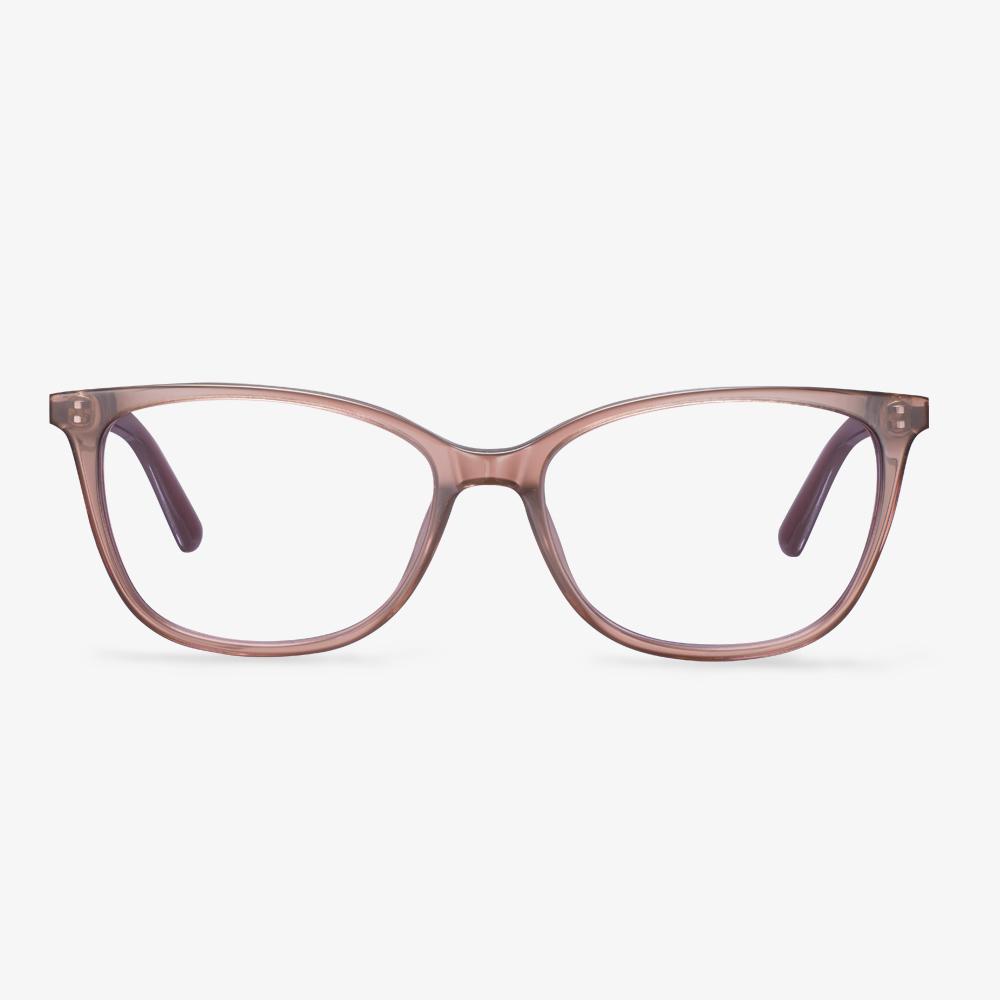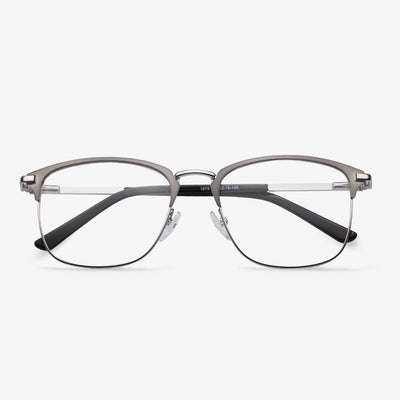How to protect rimless glasses?
With the continuous improvement of people's living standards, many people begin to pay attention to their quality of life. In the past, many people thought that wearing glasses was for correcting eyesight glasses, but now more and more people use them for decoration, and rimless glasses meet the needs of consumers. Because of its light structure, giving people a sense of fashion, so it is loved by many business people. So how do you protect your rimless glasses?
Why are titanium glasses so expensive?
Strong and Durable. They are widely used in aerospace technology, jewelry, surgical instruments, and other fields. It is the most progressive material in the eyewear industry. Titanium is a very hard, lightweight metal that is proper for eyeglass frames. With good hardness, high strength, the glasses are not easy to deform. It is not easy to scratch and wear and has good corrosion resistance and plasticity. It has a high melting point, corrosion resistance, and hard electroplating. Titanium can be made into memory metal, which means it can bend and return to its original shape. Hinge is not easy to break, having rust resistance, impact resistance. When it's used in glasses, it fits the bill.If you've ever broken a frame, titanium is possible the best material for you.
The glasses slid up your nose.
Although glasses often slide up your nose and pushing them up can be annoying, it's easy to pull them tight. If your nose frame is metal, use your thumb to shrink the nose pad until the frame no longer slides. If you have plastic frames, soak the arm in warm water for 30-60 seconds, then apply slight downward pressure to the end of the arm. This will make it fit more behind the ears, which will tighten the overall fit and prevent slippage. If tightening the frame doesn't work, try using eyeglass wax to stop it from slipping.
The principle of the anti-fog lens
Ordinary lens materials and water are wet, so water vapor is easy to fog up on the top. If this wetting relationship can be broken, the water vapor can be prevented from fogging up on the surface of the lens. The anti-fogging film is a kind of film which can prevent or avoid water mist agglutination effectively. It is divided into organic film and inorganic film. The inorganic film is mostly used for building, car window glass fogging prevention. For lens anti-fogging, the organic film is more used. The method is to wipe, spray (with an anti-fogging agent, and so on).
What does vision insurance cover?
Vision insurance and vision benefit plans usually cover the cost of annual eye exams, prescription glasses, and/or contact lenses. Vision insurance includes traditional health/medical policies and health/discount plans that provide vision benefits and cover most. Coverage will vary depending on the type of vision insurance or vision benefit plan you choose. Group vision insurance is usually provided through an employer, an organization, or a government plan like Medicare or Medicaid. If you don't qualify for any of these options, you can purchase a personal vision care plan from a vision insurance provider.
Advantages of progressive lenses
1. The appearance of the lens is like a single vision lens, and the dividing line of the degree change cannot be seen. Not only is the appearance beautiful, but more importantly, it protects the age privacy of the wearer. There is no need to worry about leaking the age secret due to wearing glasses.(https://www.koalaeye.com/collections/progressive-glasses)
2. Since the change of lens power is gradual, there will be no image jump. It is comfortable to wear and easy to adapt.
3. Because the degree is gradual, the replacement of the adjustment effect is gradually increased according to the shortening of the short distance. There is no adjustment fluctuation, and it is not easy to cause visual fatigue.
4. Clear vision can be obtained at all distances in the visual range. A pair of glasses meet the use of long-distance, near use, and various distances in between. It is especially good for teachers, doctors, music workers, and computer operators because these people not only need to see far and near objects clearly, but most of the time they also need to be able to see objects at intermediate distances such as blackboards, piano scores, and computer screens. This is not possible with lenses other than progressive lenses.
5. At present, both internal and external ophthalmologists agree that young people should wear low-degree convex lenses when reading and writing to reduce near-use adjustment, thereby alleviating or preventing the occurrence and development of myopia. This gives the progressive multifocal lens a new meaning and mission. Physiology found that excessive use of the eyeball adjustment function can form 'accommodative spasm' or pseudo myopia. Continued development can produce longitudinal eye axis elongation and induce 'true myopia' or axial myopia. The external luminosity of the progressive lens can be artificially added to the progressive luminosity. The upper is used for looking far, and the below is used for looking near, which makes the eyeball relax and over-adjust. The ever-changing luminosity of the lens replaces the 'accommodative power' that should have been activated, blocking the vicious circle of adjusting the eye axis elongation, making the eye not easy to fatigue, and slowing the development of myopia.
The lenses of prescription glasses
Common materials for lenses include glass, resin, and PC. The glass is fragile and heavy, and few people wear it anymore. PC film is tough and not fragile, but it is not resistant to high temperature and the surface is easily scratched. The most common type of lens on the market today is the resin lens, which is light in weight, hard to break, and reasonable in price. At present, it is generally recommended that you choose resin sheets, and it is recommended that people with ultra-high myopia choose glass sheets.
Generally, lenses can be divided into spherical and aspherical surfaces according to different curvature designs. When choosing, refer to the degree of the eye. For people with lower degrees, There are fewer differences between the two shapes. For people with moderate to high myopia, aspherical lenses will have better imaging effects and clearer vision.
When choosing a lens, a parameter that is often mentioned is the refractive index. Common refractive indexes are 1.56, 1.60, 1.67, and 1.74. With the same degree, the higher the refractive index, the thinner the lens.


















































